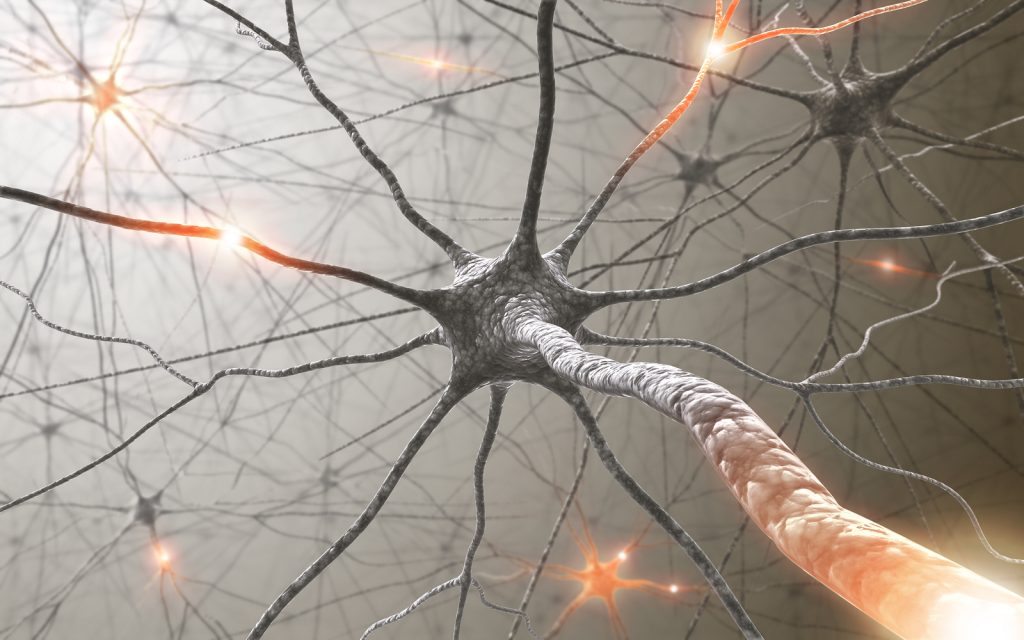
Chiropractic Care, to over simplify it, is the practice of aligning the spine and other parts of the skeletal system for the health of the nervous system, which then allows your body to heal itself more efficiently.
Some results of this can be:
1 Strengthened Proprioception
Proprioception is your body’s ability to know where your limbs are in relation to the rest of your body and each other. You have specialized receptors in your joints and muscles just for this purpose. You’re benefiting from proprioception when you sit up in bed with your eyes closed, when you walk without looking at your feet, and when you scratch your back.
The opening of neural passageways between bones and tissues allows for clearer communication to and from the receptors used for proprioception. Chiropractic con allow enhanced nervous system communication, allowing better proprioception and potentially making a person more coordinated or less prone to accidents.
2 Improved Conduction of Neural Impulses
Chiropractic adjustment aims to improve nervous system function, directly impacting neurological concerns.
Correcting and improving the function of the nervous system has been shown to improve or resolve different neurological issues, including Tourette’s Syndrome , epilepsy, Parkinson’s and multiple sclerosis, ataxia, cerebral palsy, and vertigo.
3 Improved Immune and Endocrine Systems
The Nervous System, Immune System, and Endocrine System are inextricably linked so when one is impacted, the others are impacted as well. The immune system protects the body from disease, and the endocrine system produces hormones that regulate many bodily functions. The three systems share specific molecules that carry messages between them as they communicate and work together. This connection is why chiropractic is an effective treatment for immunity and endocrine needs. Chiropractic treatment can often help with depression and insomnia; even infertility.
4 Stimulation of Pain Regulation Area of the Brain
30% of signals regarding pain reaches the area of the brain that sends on information so we know where the pain is coming from. The other 70% travels to evolutionary older parts of the brain. Much of it goes to the periaqueductal gray (PAG) region. The PAG blocks out pain in severely wounded soldiers, produces almost complete analgesia if stimulated, and is where opiate analgesics work.
We know that the PAG is important in helping to regulate the amount of pain that a person is experiencing. An inability to activate this part of the brain may be involved in chronic pain or make particular people susceptible to chronic pain.
The PAG receives input from the spinal cord at all levels. Strengthening the nervous system at and near the spine can give increased your body access to communication with the PAG.
To find out more about Chiropractic Care or schedule an in-home appointment with Dr Hawkins, contact us today.






